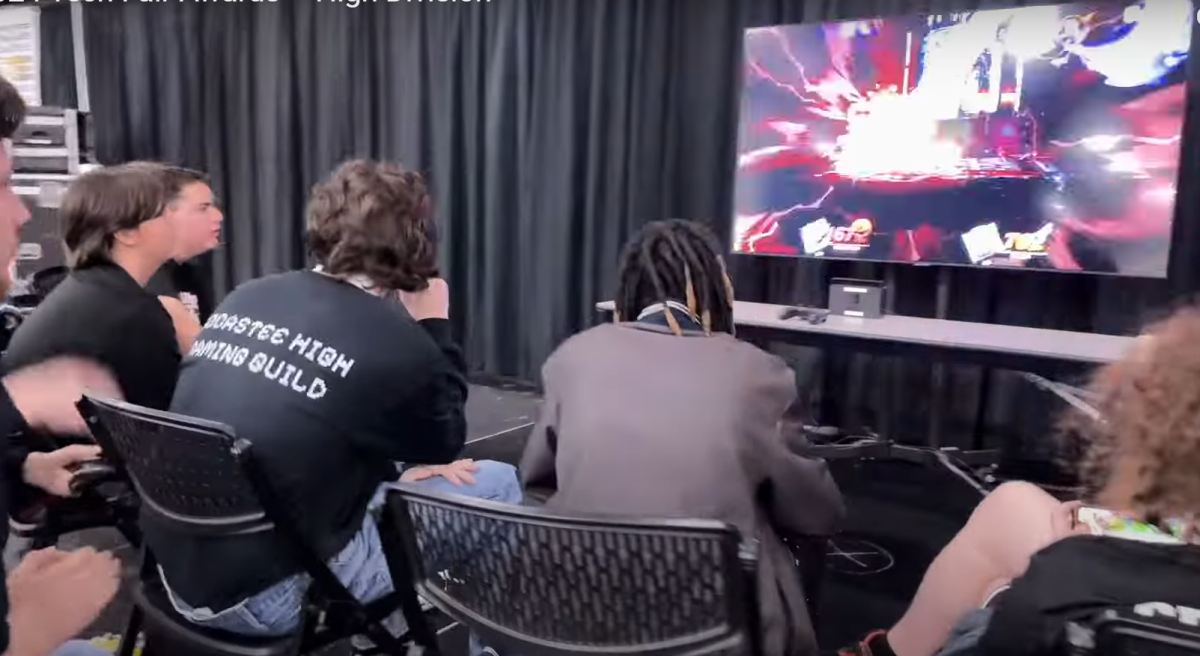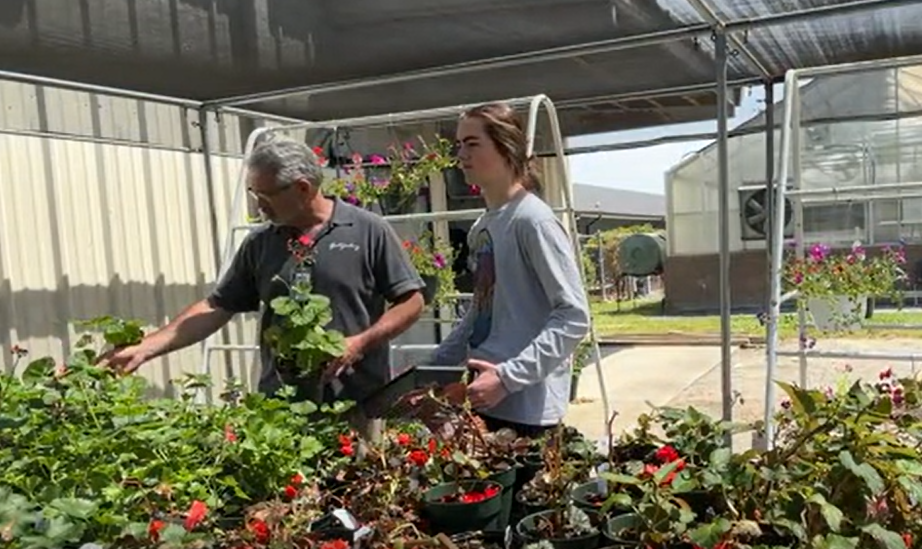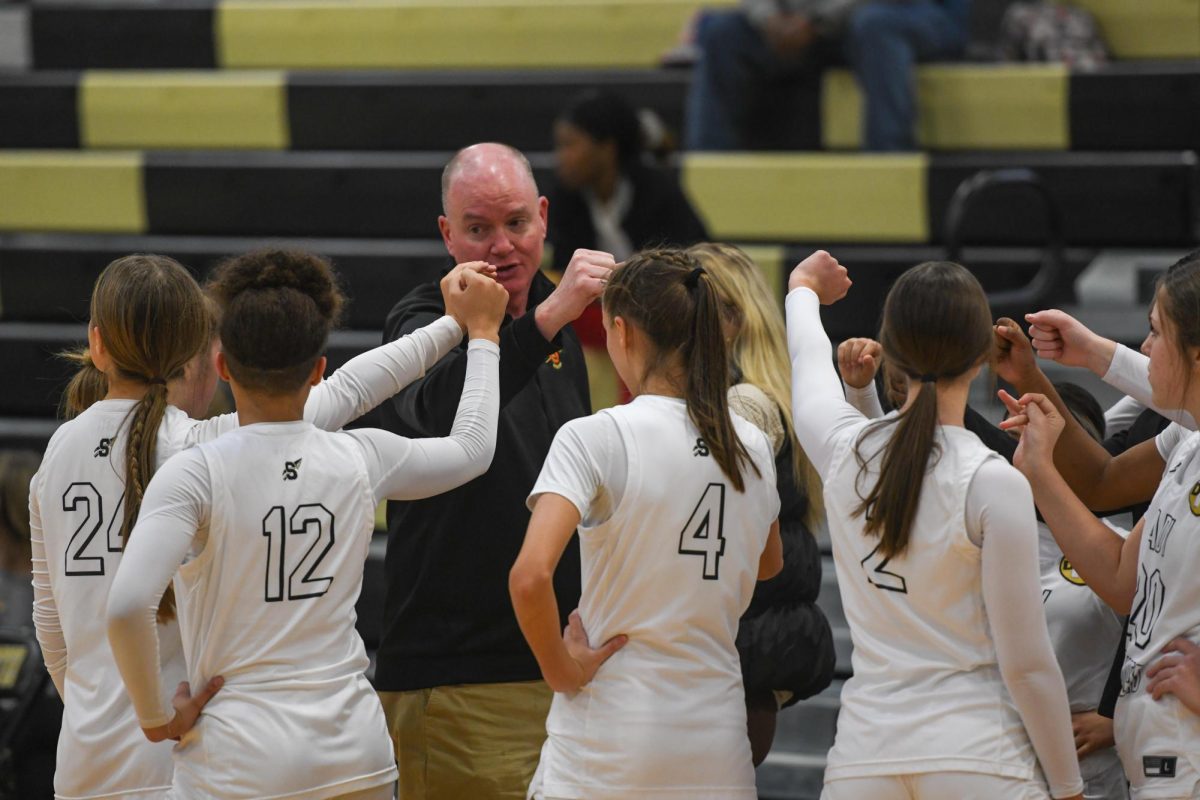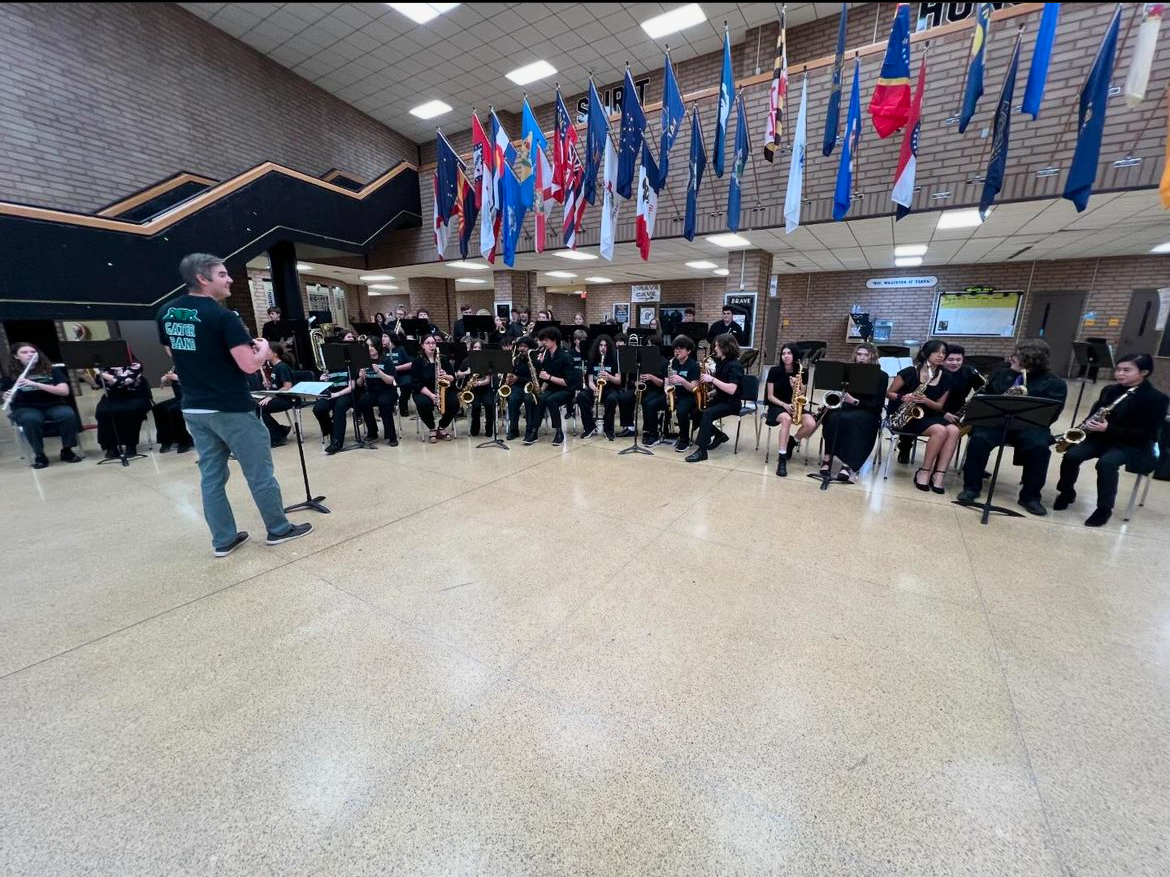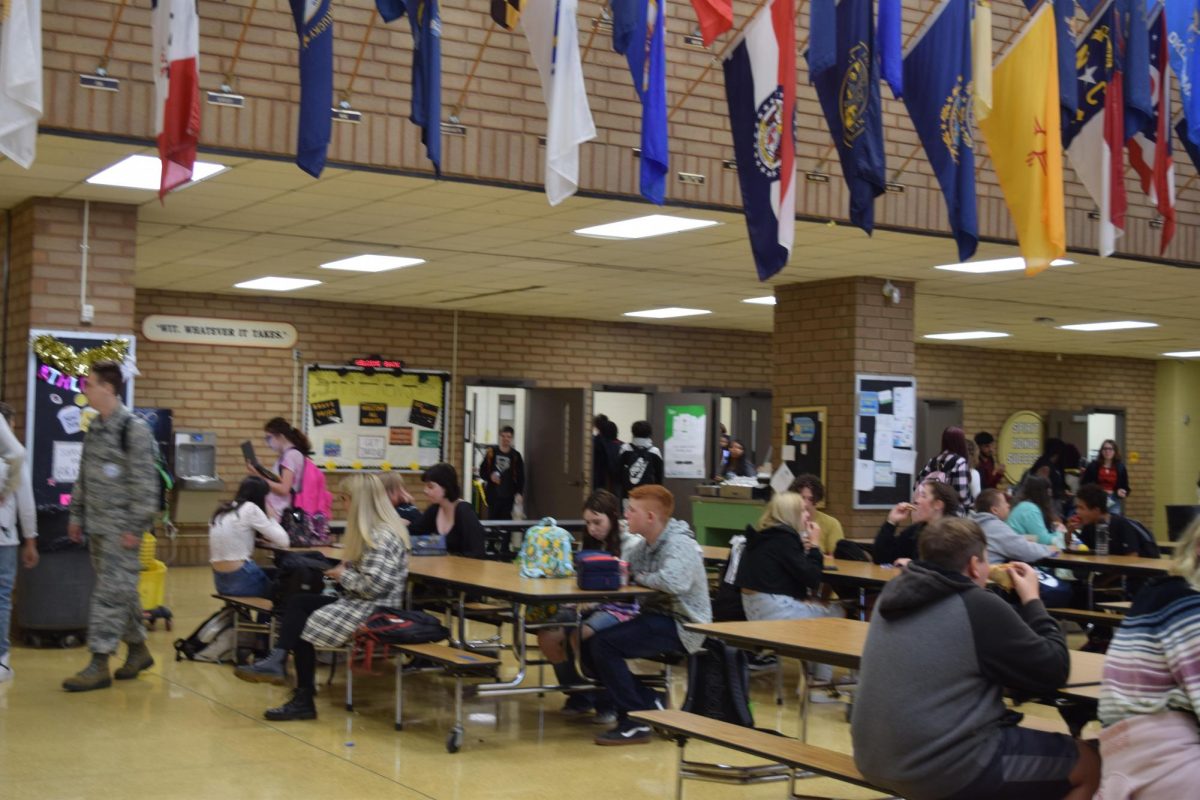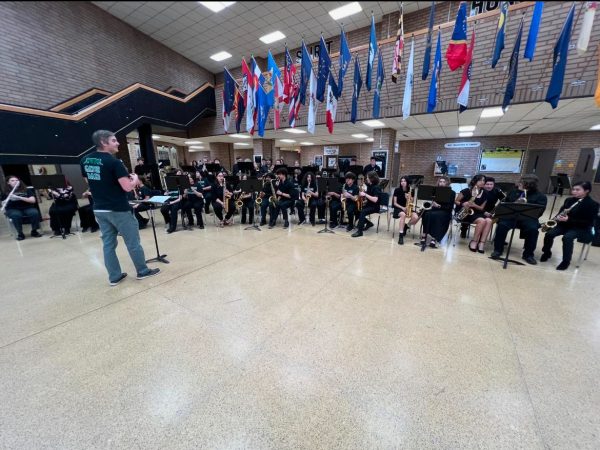Should You Apply to a program school?
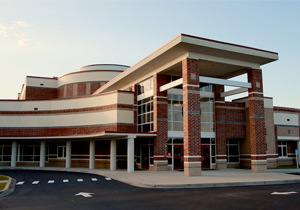
The application window for Horry County Schools branch or “program” schools – ATA and AAST – opened January 4th and sophomores received information about the schools at an assembly last week. But some might still be wondering – is making the switch to a branch school worth it?
The Native Voice talked to students currently attending ATA and AAST to give more insight about the schools.
First, for those who missed the assembly, what is a branch school? It is “any institution or other non-main campus institution away from the main campus where courses are offered on a regular continuing basis” (Law Insider).
There are currently two program schools available to rising juniors in HCS: the Academy
for Technology & Academics (ATA) and the Academy for the Arts, Science, and Technology (AAST). (Scholars Academy used to be a program school, but it is now its own high school.)
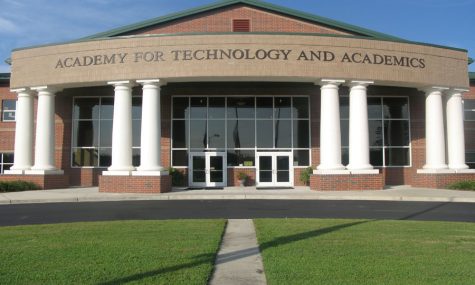
The common characteristics of these schools is that they offer a multitude of majors, a specialized curriculum that offers certifications, and internships relating to the major. For example, Pre-Medicine majors can get internships at hospitals.
ATA is a type of school known as a vocational or vo-tech school in other school districts. Along with the standard core curriculum, it offers majors designed to provide access to education and certifications that allow students to enter the workforce after graduating from the program. They include:
-Automotive Technology
-Barbering
-Building Construction
-Cosmetology
-Culinary Arts
-Digital Art and Design
-Engineering
-Esthetics
-Health Science-Nursing
-Health Science-Pre-Medicine
AAST is technically a STEAM (Science, Technology, Engineering, Arts, and Math) school. In addition to a core curriculum, majors offered at AAST include:
-Environmental Engineering with Clean Energy
-Aerospace Engineering
-Innovations in STEM with Core Engineering
-Informatics
-Computer Science with Programming
-Global Logistics and Supply Chain Management
-Networking
-Web and Digital Communications
-Advanced Art
-Entertainment Technology
-Biomedical Science
-Pre-Medicine
-Public Health
(AP Capstone is no longer its own major, but the classes are still offered to students)
In a survey of 30 students who currently attend these schools, they gave many different reasons for why they chose to apply. One reason for applying, given by ATA student Charlee Broughton, is “to do hands on work for what [you] want to do in the future.”
Similarly, AAST Advanced Art Major Allison Colquett applied to gain an idea of what she wanted for college.
“I was very interested in the Advanced Art Major… I wanted the chance to really explore it in high school so I would have better insight going into college,” she said.
AAST Pre-Medicine Major Carlee Blanchard liked how helpful the staff are.
“The teachers make their students a priority,” she said. “Everyone here wants you to succeed.”
With smaller classes, teachers are more able to reach each student and help them meet their academic goals.
Another reason to consider is that going to a specialized school can help students realize their potential, as it did for AAST Biomedical Science Major Cate O’Keefe.
“Growing up I had some struggles with social stuff so my parents and I thought it would be better for me to apply here… to realize that I am one of the smart kids.”
AAST Biomedical Science and Web and Digital Communications Major Stella Divita applied for a better environment and more opportunities.
“I wanted to enter a more creative space and begin concentrating on specific art forms and sciences, and the Academy had absolutely allowed for that.”
Some say the school opens more doors. For instance, speakers come into classes, and seniors have access to a six-week internship at a local company or hospital.
“There are so many more opportunities,” said AAST Biomedical Science Major Harper Morgan. “There’s more individual help and attention from the teachers.”
Program schools also offer certifications as part of the curriculum, which allow students to explore more career options.
The clubs they offer also give way for more scholarship opportunities. Harper is the vice president of HOSA (Health Occupations Students of America) at AAST. Through her major, she gets access to certifications like OSHA 10, a safety certification, and through HOSA she gets the chance to apply and compete for a multitude of HOSA scholarships.
There is also more of a variety of classes for those interested in technology offered than at base schools.
“You do get to experience types of classes you wouldn’t be able to experience somewhere else, like entertainment technology,” AAST Entertainment Technology Major Jackson Hedges said.
Another added bonus is the shorter school days. As AAST Biomedical Science Major Ange Gomez-Ceron puts it,“We get to leave… earlier than the… base schools.”
The school day for ATA and AAST ends at 2:45 PM to allow students the time to get back to their base school for extracurriculars, and there are 4 class periods that last 80 minutes each.
One drawback of going to a program school, some said, was that certain elective programs such as band are not offered.
“You don’t get to be part of things like FFA, ROTC, etc. that are only at the base schools,” AAST Pre-Medicine Major Shelley Sellers said.
AAST Biomedical Science Major Vayden Dellis added that program school students don’t “get to experience some of the typical high school traditions” at the program school.
Some of these events are sports games. Program schools don’t have their own sports teams, so to participate in games students need to go to the base school.
Another one of these events are graduation ceremonies. As AAST Principal Ms. Wilson explained, “students have the senior ceremony to celebrate with their program school and the graduation ceremony takes place at the [base] school that issues the diploma.”
Another drawback is leaving your base school after two years there.
“I miss my friends and teachers from my base school,” Allison Colquett(AAST) said.
Location can be another issue.
“If your school is 20 minutes from your house, imagine going here, it would probably be double the time,” AAST Entertainment Technology Major Chloe Martin said.
Buses do transport students from ATA or AAST to a student’s base school, then they take another bus home from there.
Others said they felt the academic workload was more than at a base school.
“Sometimes the work can be a little overwhelming when I have other personal stuff going
on and other classes, but I’m managing,” Cate O’Keefe(AAST) said.
Jackson Hedges(AAST) agrees the school is challenging, but he said it is worth the work.
“It may not always be perfect, and there may be some points where you may start to loathe it here,” he said. “But if you just stick through it you might really see something that makes it worthwhile.”
Students interested in applying need to do so by February 3. They should go to the HCS website. Under the ‘About Us’ tab, go to ‘Our Schools’, then ‘High School Program Options’ and then to ‘Online Application/Details’. They can also talk to their guidance counselor.


